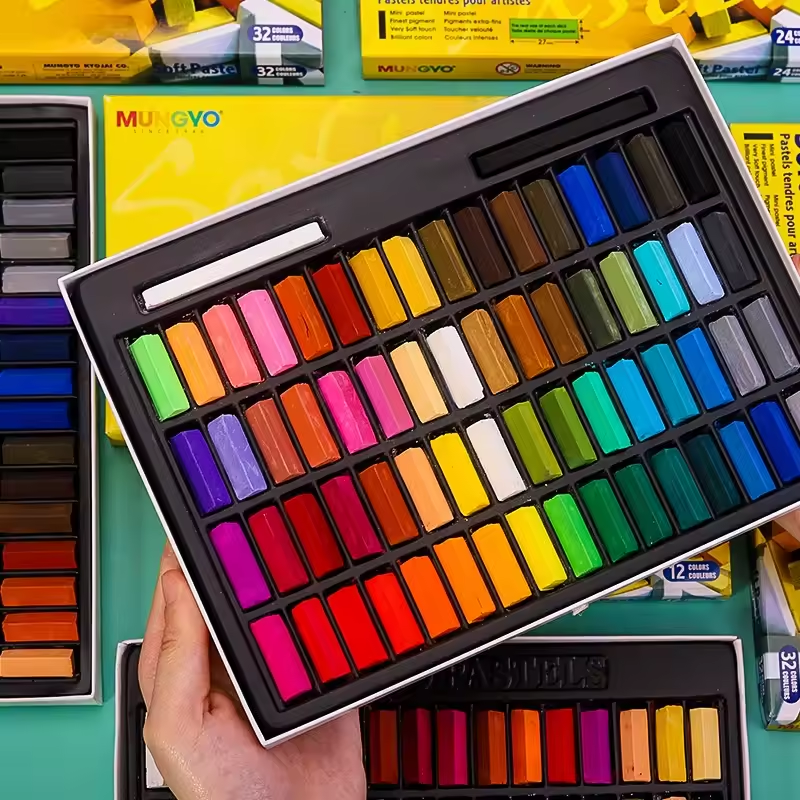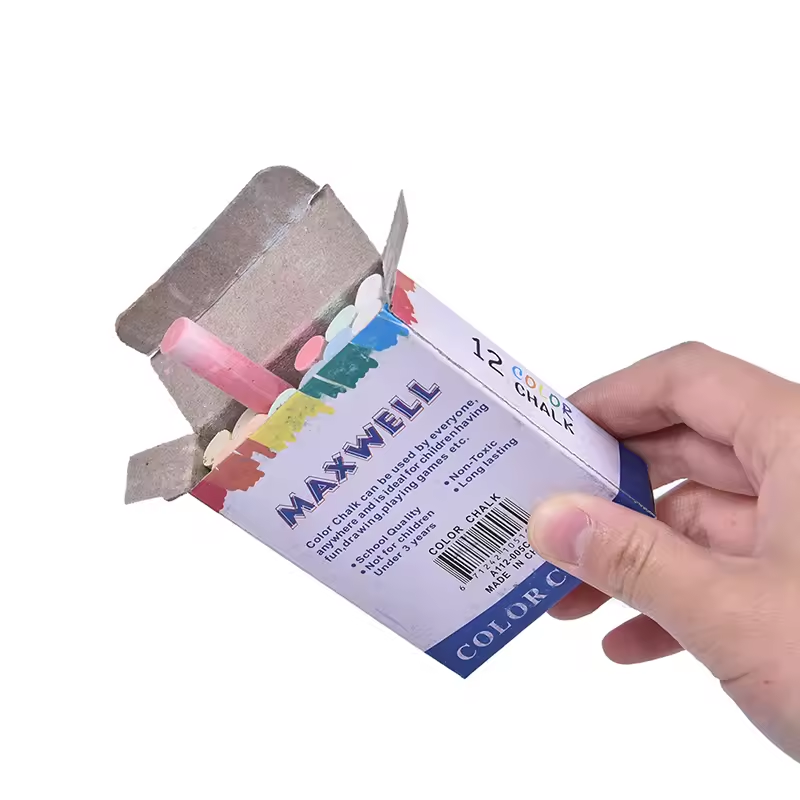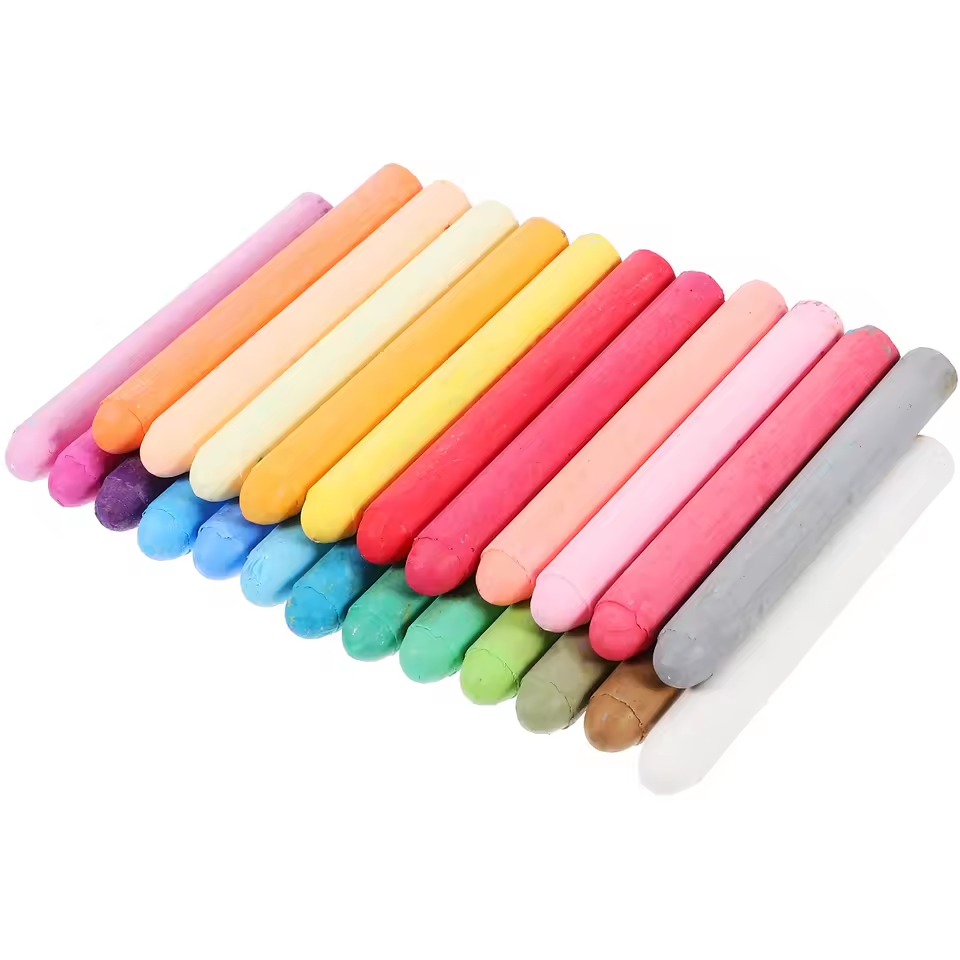Introduction to Chalk Drawings
Chalk drawings are an artistic medium that uses chalk to create images on surfaces. This form of art dates back centuries and continues to be a popular choice for creative expression. Its simplicity and versatility make it an appealing option for artists of all ages and skill levels.

What Are Chalk Drawings?
Chalk drawings refer to artwork created using chalk, typically on surfaces like sidewalks, chalkboards, or paper. Artists use colored or white chalk sticks to develop various designs, from simple sketches to intricate masterpieces. These drawings are often temporary, adding a unique, fleeting beauty to the art form. Chalk is soft and easy to blend, allowing for smooth gradients and vibrant colors.
Artists can use chalk to create works ranging from educational displays to decorative art. The tools required are minimal, making it accessible for beginners and seasoned artists alike. From children learning to draw on pavements to professionals showcasing their skills in festivals, chalk art spans all demographics.
History and Cultural Significance of Chalk Art
Chalk art has a rich history tied to ancient traditions. Early examples include ground chalk used in prehistoric cave paintings. In Renaissance Italy, artists often used chalk to sketch or create temporary public artwork. This practice evolved into today’s vibrant street art culture.
Chalk drawings are significant in festivals and public displays, often symbolizing creativity and community engagement. Street painting festivals, also known as “Madonnari” in Italy, date back to the 16th century, where artists would create religious images near churches. Today, these festivals celebrate art and bring communities together.
Moreover, chalk is a powerful medium for communicating ideas. Whether it’s used for educational purposes on chalkboards or decorative art in modern cafes, its versatility cannot be understated. Chalk drawings not only reflect personal creativity but often serve as a medium to inspire and share with others.
Essential Tools and Materials for Chalk Drawings
Creating impressive chalk drawings requires the right tools and materials. Using quality supplies ensures better results and enhances your creative process. Below are the essentials you need to start.
Choosing the Right Chalks: Types and Uses
Selecting the right chalk is crucial for your artwork. Chalk comes in various types, each suited for different purposes:
- Soft Pastel Chalks: Highly pigmented and blendable, perfect for rich colors and gradients. Ideal for detailed works.
- Sidewalk Chalks: Larger and harder, suitable for outdoor art like pavement drawings. They are durable and vibrant.
- Compressed Chalks: Compact and dense, offering bold lines and solid coverage for striking contrasts.
Match the type of chalk to your drawing surface and intended style. Experimenting with different chalks can also reveal unique artistic effects.
Surface Options: Preparing and Selecting Canvas
Choosing the right surface significantly impacts your chalk drawing outcomes. Options include:
- Chalkboards: Classic and reusable, perfect for decorative and temporary art.
- Paper: Textured paper works well for detailed and refined designs. Ensure it’s durable enough to handle layering.
- Sidewalks or Pavements: Ideal for large-scale art and community events. Clean the area before starting.
Preparing the surface is just as important. Wipe chalkboards clean and let them dry. Sidewalks should be free from dirt or debris to avoid uneven strokes.
Additional Tools: Stencils, Sealers, and Brushes
Investing in additional tools can elevate the quality of your chalk drawings:
- Stencils: Help in creating symmetrical or intricate patterns quickly. They’re great for consistent designs.
- Sealers: Protect finished artworks from smudging and weather damage. Use spray fixatives for preserving details.
- Brushes: Soft brushes aid in blending colors smoothly and cleaning dust leftover from strokes.
A thoughtful combination of these tools enhances artistic precision. Experiment and practice to find the best setup for your style.
Techniques for Creating Stunning Chalk Drawings
Creating stunning chalk drawings requires mastering a variety of techniques. These methods help add depth, vibrancy, and realism to your artwork. Whether you’re a beginner or experienced artist, understanding and refining these techniques can elevate your chalk art.
Basic Drawing Techniques with Chalk
Start with simple lines and shapes to get familiar with chalk’s texture. Hold the chalk at different angles for varying stroke thickness. Use the tip for fine details and the side for broader coverage. Press lightly for soft lines and harder for bold marks. Layer colors by drawing over the same spot for added brightness. With practice, you can create both soft sketches and bold designs with ease.
Layering and Shading for Depth and Dimension
Layering is key to giving chalk drawings more depth. Apply a base color lightly first. Add darker shades on top to create shadows or highlights for light areas. Use overlapping strokes for smooth blending between layers. Crosshatching—drawing intersecting lines—also enhances texture and dimension. Shading with varying pressures creates gradients, adding a three-dimensional effect. Always build layers slowly for a polished look.
Blending Colors to Achieve Realistic Effects
Blending colors helps create realistic and harmonious effects. Use your fingers, tissue, or blending tools to mix adjacent areas of color. Rub colors gently for smooth transitions or blend in circular motions for soft textures. Experiment with overlapping colors to discover unique tones and gradations. Blending is especially effective for natural scenes like skies, water, or portraits, adding a professional touch to your drawings.
By practicing these techniques, you can transform simple sketches into stunning chalk art pieces. Experiment regularly to discover your unique style.
Chalk Art Styles and Inspiration
Chalk art has evolved into various styles that showcase creativity and inspire audiences worldwide. These styles reflect different contexts, surfaces, and techniques, each offering unique artistic possibilities. Exploring them can open new doors for both novices and experienced chalk artists.
Street Art and Pavement Chalk Drawings
Street art and pavement drawings are among the most vibrant chalk art styles. These large-scale outdoor creations often feature bold colors and detailed designs. Artists use sidewalk chalk, which is durable and can cover large areas efficiently.
Street art festivals play a key role in promoting this style. Events such as the Sarasota Chalk Fest in Florida gather artists globally. They create stunning 3D illusions on pavements that amaze viewers. Community involvement in these festivals adds to the charm, making the creations feel alive.
Public spaces offer a unique canvas for pavement drawings. Artists can transform ordinary streets into mesmerizing artwork. This style fosters creativity while engaging audiences in urban and social environments.
Chalkboard Art for Decorative Purposes
Chalkboard art combines functionality with creativity. It’s commonly seen in cafes, classrooms, and interior decor. Artists use chalkboards for decorative signs, illustrations, or temporary messages. This makes the style practical yet artistic.
Fine-tip chalk or soft pastel chalk is often used for intricate chalkboard designs. These are ideal for logos, quotes, and themed artwork. Chalkboards also offer durability, being reusable and relatively easy to maintain.
This art style also fits personal projects like wedding signs or inspirational boards. Its flexibility makes chalkboard art suitable for both formal and casual settings.
Famous Chalk Artists and Their Work
Some chalk artists have gained global recognition for their skills and creativity. Edgar Müller specializes in 3D chalk drawings, creating lifelike street illusions. Julian Beever is another renowned artist known for anamorphic pavement art. His creations appear three-dimensional when viewed from specific angles.
David Zinn introduces quirky, playful characters to his chalk art. His work often interacts humorously with real-world elements, like cracks in pavements. These artists inspire others to explore chalk drawings more deeply.
Studying their techniques and innovations can help aspiring artists refine their own styles. Famous works serve as a powerful motivational tool for exploring the broad possibilities of chalk art.
Tips for Long-Lasting and Vibrant Chalk Drawings
Creating chalk drawings that last and remain vibrant requires special care and techniques. Follow these practical tips to preserve your artwork and keep its colors alive.
Protecting Chalk Drawings from Smudging
Smudging is a common issue with chalk art. Here are steps to minimize smudges:
- Work Carefully: Avoid dragging hands or objects over the drawing.
- Use Fixative Spray: Apply a light coat to set chalk and prevent smudges.
- Layer Chalk Gently: Use light pressure to apply chalk; heavy strokes risk smearing.
- Cover While Storing: Use sheets of paper or fabric to shield the drawing temporarily.
- Protect Outdoor Art: Keep an eye on weather conditions like wind and rain.
These methods ensure your chalk art looks clean and well-defined, especially for detailed designs.
Methods to Preserve Artwork with Sealants
Sealants are essential for preserving chalk drawings for longer periods. They protect designs from fading or damage.
- Select the Right Sealant: Use spray fixatives or clear sealers designed for pastel art.
- Apply in Layers: Spray thin, even coats across the surface for the best results.
- Use Non-Toxic Options: Choose eco-friendly sealants, especially for art near children.
- Dry Thoroughly: Let the sealant dry completely to avoid tackiness or smearing.
For permanent preservation, framed chalkboard art is effective. Seal the design and place the board in secure spots indoors.
These approaches prevent chalk drawing wear-and-tear and keep their brilliance intact over time.
Challenges in Chalk Art and How to Overcome Them
Creating chalk art presents unique challenges. Weather and limited color ranges are two primary obstacles. Addressing these issues can enhance your art experience and results.
Handling Weather and Environmental Factors
Weather can drastically affect chalk art, especially outdoor creations. Rain, wind, and extreme sunlight pose significant challenges. Here are steps to minimize environmental impact:
- Check Weather Forecasts: Plan drawings for clear, calm days to avoid disruptions.
- Choose Shaded Areas: Work in shaded spots to prevent chalk from overheating or fading.
- Use Protective Layers: Cover artwork with plastic sheets during breaks to shield from unexpected rain or dust.
- Quick Dry Techniques: Wipe or air-dry damp surfaces before starting to ensure clean strokes.
- Use Sealants: For outdoor art, apply fixatives quickly to protect against smudging due to wind.
Preparedness is key. Monitoring weather conditions helps safeguard your artwork and saves effort.
Dealing with Limited Color Range
Chalk art can sometimes feel restrictive due to fewer color options compared to paints. Here are strategies to expand your palette:
- Blend Colors: Mix chalk hues directly on the surface for new shades and gradients.
- Layering: Apply multiple layers of light and dark tones for depth and complexity.
- Experiment with Pastels: Soft pastels offer richer colors and extend artistic possibilities.
- Use Highlighting: Add white chalk to brighten areas or enhance contrast for dynamic effects.
- Combine Media: Mix chalk with ink or charcoal for diverse textures.
Creativity bridges the gap of a limited palette. Innovating with techniques adds vibrancy and depth to your drawings.
Hosting Chalk Drawing Events and Competitions
Hosting chalk drawing events and competitions is a great way to showcase creativity. These gatherings celebrate art, engage communities, and inspire artists of all ages. They also provide a platform for participants to express themselves publicly. Planning and organization play crucial roles in their success.
Organizing Chalk Art Festivals
Chalk art festivals are vibrant events that bring together artists and spectators. Here’s how to organize one effectively:
- Set a Purpose: Define the festival’s theme or objective to guide participants’ artwork. Themes like nature, history, or local culture work well.
- Choose a Location: Select a spacious, public area with durable surfaces like pavements or plazas. Ensure safety and accessibility.
- Get Permissions: Obtain local authority permissions. Consider local laws for public gatherings and street art.
- Promote the Event: Use social media, flyers, and community organizations to attract participants and audiences.
- Provide Supplies: Offer materials like sidewalk chalks, stencils, and blending tools. This ensures everyone can join.
- Set Rules: Lay down clear guidelines about art size, content, and tools allowed.
Chalk festivals often include additional activities like live music or workshops. These extras enhance the event’s atmosphere and draw bigger crowds.
Engaging Communities Through Public Art Displays
Public art displays are excellent for fostering community connections. Chalk drawings, especially in shared spaces, encourage interaction and engagement. Here’s how you can create meaningful public art events:
- Collaborate with Local Artists: Invite skilled artists to lead sessions or create inspiring pieces.
- Involve Schools and Groups: Encourage schools, families, or clubs to participate in group drawings.
- Interactive Art Spaces: Dedicate sections for interactive art where visitors can contribute with chalk.
- Raise Awareness: Use chalk art to highlight social causes or local history, drawing attention to important issues.
- Celebrate Achievements: Display participants’ work in public areas and commend their efforts during the event.
Public chalk art events are a great way to bring a community together while fostering creativity. These events make art fun and approachable for everyone.
Conclusion: Exploring Creativity Through Chalk Art
Chalk drawings offer an expressive and accessible way to showcase creativity. Their simplicity ensures they remain timeless and versatile. With just chalk and a suitable surface, artists can create detailed, impactful designs.
This art form blends personal expression with public engagement. From vibrant street drawings to intricate chalkboard designs, it captures both imagination and attention. Whether for a professional event or casual hobby, chalk art suits all levels of expertise.
Through its techniques, tools, and styles, chalk art continues to inspire creativity. Mastering these elements helps refine skills and unlock endless possibilities. Famous artists and festivals worldwide demonstrate its potential as a powerful medium.
Start exploring this art form today. Embrace your creativity, overcome challenges, and share your vision with the world. Chalk art is not just about drawing; it’s about connecting, inspiring, and leaving a fleeting yet meaningful mark.